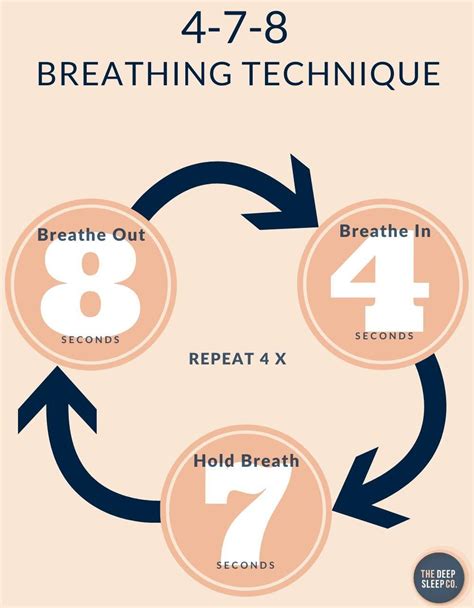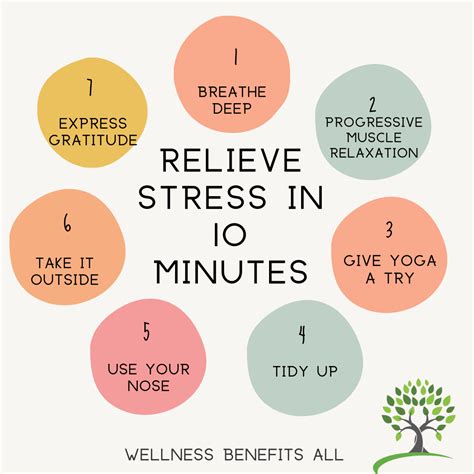Intro
Discover how breathing exercises reduce stress and anxiety, promoting relaxation and calmness through mindful techniques like diaphragmatic breathing, yoga, and meditation, improving mental health and overall wellbeing.
The importance of managing stress cannot be overstated, as it plays a significant role in both physical and mental health. Stress can lead to a variety of issues, including anxiety, depression, and even cardiovascular disease. One of the most effective and simplest ways to reduce stress is through breathing exercises. By focusing on the breath, individuals can calm their minds and bodies, leading to a sense of relaxation and well-being. This article will delve into the world of breathing exercises, exploring their benefits, mechanisms, and practical applications for stress reduction.
Breathing exercises have been used for centuries in various cultures, particularly in Eastern practices such as yoga and meditation. These exercises are based on the premise that the breath is closely linked to the mind and body, and by controlling the breath, one can influence both. The benefits of breathing exercises extend far beyond stress reduction, including improved sleep quality, increased energy levels, and enhanced cognitive function. Furthermore, breathing exercises are accessible to anyone, regardless of age or physical ability, making them an ideal stress-reduction technique for people from all walks of life.
In today's fast-paced world, stress is an inevitable part of life. With the constant demands of work, family, and social obligations, it's easy to get caught up in a cycle of stress and anxiety. However, by incorporating breathing exercises into daily life, individuals can develop a powerful tool for managing stress and promoting overall well-being. Whether practiced in a quiet room, during a lunch break, or even in the midst of a chaotic environment, breathing exercises offer a sense of calm and tranquility that can be taken anywhere. As we explore the world of breathing exercises, it becomes clear that this simple yet powerful technique can have a profound impact on both physical and mental health.
Introduction to Breathing Exercises

Benefits of Breathing Exercises
The benefits of breathing exercises are numerous and well-documented. Some of the most significant advantages of practicing breathing exercises include: * Reduced stress and anxiety * Improved sleep quality * Increased energy levels * Enhanced cognitive function * Improved mood * Reduced blood pressure * Improved immune functionHow Breathing Exercises Reduce Stress

Types of Breathing Exercises
There are various types of breathing exercises, each with its unique benefits and applications. Some of the most popular breathing exercises include: * Diaphragmatic breathing: Also known as belly breathing, this type of breathing involves engaging the diaphragm to expand the lungs. * Alternate nostril breathing: This type of breathing involves closing one nostril and breathing through the other, then switching to the other nostril. * Box breathing: This type of breathing involves breathing in for a count of four, holding the breath for a count of four, exhaling for a count of four, and holding the breath again for a count of four. * 4-7-8 breathing: This type of breathing involves breathing in through the nose for a count of four, holding the breath for a count of seven, and exhaling through the mouth for a count of eight.Practicing Breathing Exercises

Common Mistakes to Avoid
When practicing breathing exercises, there are some common mistakes to avoid, including: * Forcing the breath: Avoid forcing the breath or trying to control it too much, as this can lead to tension and discomfort. * Not relaxing: Remember to relax and let go of any tension or stress while practicing breathing exercises. * Not being consistent: Consistency is key when it comes to practicing breathing exercises, so try to practice at the same time each day.Conclusion and Next Steps

What are the benefits of breathing exercises?
+Breathing exercises have numerous benefits, including reduced stress and anxiety, improved sleep quality, increased energy levels, and enhanced cognitive function.
How often should I practice breathing exercises?
+It's recommended to practice breathing exercises regularly, ideally at the same time each day. Start with short sessions and gradually increase the duration as you become more comfortable with the exercises.
Can breathing exercises be practiced anywhere?
+Yes, breathing exercises can be practiced anywhere, at any time. Find a quiet and comfortable space to practice, and remember to focus on your breath and relax.
